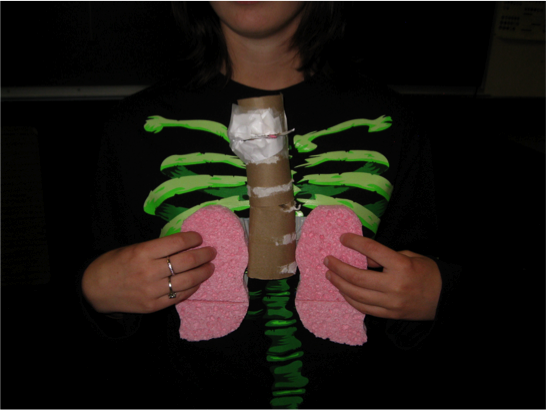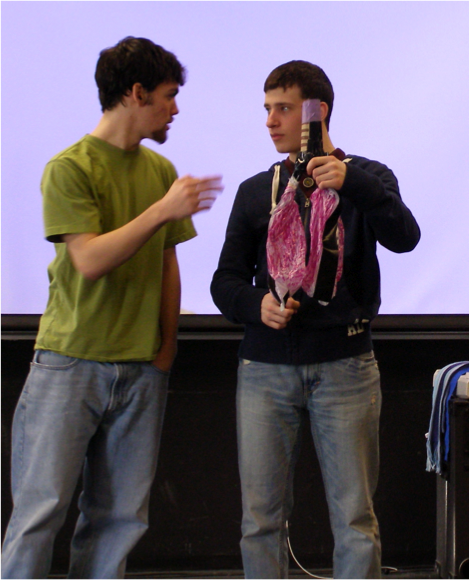Patricia Helsel
Objective:
Clearly demonstrate how the voice works.
Methods:
Begin with your textbook, Chapter 2 to gain basic information. You may wish to reference the World Wide Web for sites that show video of the vocal folds in motion.
Using a working model, Powerpoint presentation, or diagram, you and your group, will give a very brief presentation, demonstrating how the voice works. Focus on breathing, phonation, or articulation, demonstrating the physiology of the vocal mechanism. Prove your knowledge and understanding of the vocal apparatus by labeling and identifying the various parts.
Practice describing the action of anatomical parts, and their relationship to the process of speech, so that you can present to the class extemporaneously, without reading and without memorizing word-for-word. (The ability to articulate these ideas is paramount to demonstrating your understanding of the process.)
Grading:
Grading for this exercise is alternately subjective and objective. The exercise is worth 100 points. 90 points are devoted to correctly and clearly identifying parts and operation, and clear explanation of the relationship between anatomical features. 10 points of the exercise will be based entirely on uniqueness, ingenuity, and creativity.
Due Date:
Monday, January 26.
Creative and Memorable Results:
This group chose to wear matching skeleton t-shirts, using sponges and a paper towel roll to describe the breathing process.
Two students opted to use a “real-life” model. It was highly effective in demonstrating ta tangible connection between the textbook diagram and the actual instrument.
Using plastic grocery bags, and a soda bottle, this group created a working model that showed the relationship between inhalation and exhalation.






